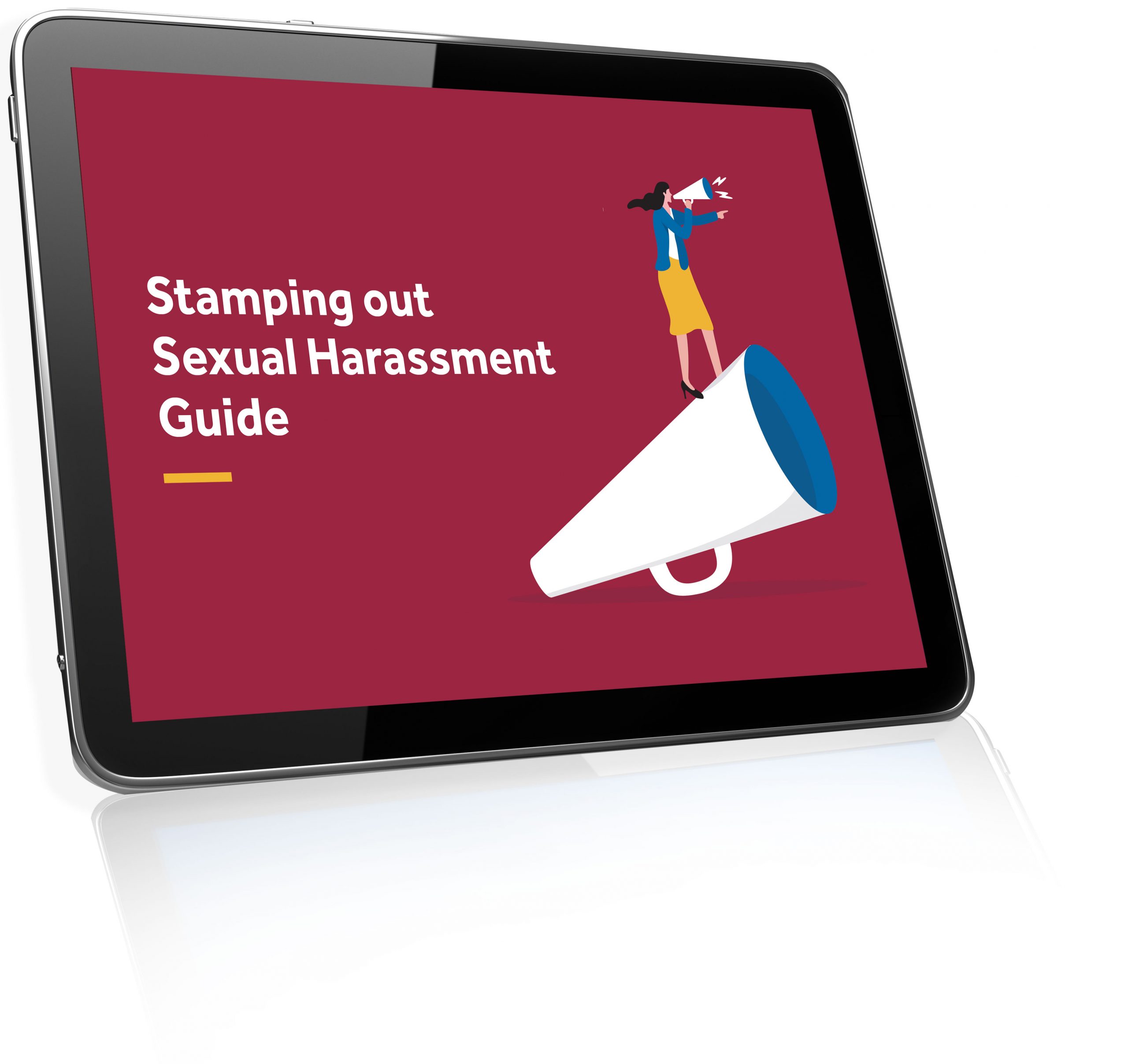
A new report by the International Labour Organisation (ILO) has found that more than one in five people in employment experienced at least one form of violence and harassment at work. More than three out of five victims said they had experienced violence and harassment at work multiple times. The ILO report is a scathing attack on the reality of global workplaces. It investigates the nuanced layers of violence and harassment (physical, psychological, and sexual). What can you do to tackle this pervasive problem?
Introduction
Violence and harassment in the workplace is a growing phenomenon. It has profound impacts on the physical and mental health of employees. It creates situations where employees can feel threatened, bullied, attacked, or assaulted at work. As an employer, you have a duty of care toward your employees.
During the pandemic, there was an increased risk of violence and harassment in workplaces, and exposure to violence was heightened in certain industries.
Overview
Like other systemic issues, there is a significant lack of data on violence and harassment in the workplace. Further, it is tricky to apply the data because different definitions and notions of these issues exist. Efforts are being made by organisations to create global standards and collect data across countries. According to a global study conducted by ILO, 743 million people in employment experienced violence and harassment in the workplace in 2021. Globally, women were slightly more likely than men to have experienced violence and harassment in the workplace. Data also shows that high-income countries registered the highest prevalence and low and lower-middle-income countries had the lowest prevalence.
A culture of silence
Despite employees saying they have experienced violence and harassment at work multiple times, 55% say it’s a waste of time to share their experience or report it. Employers are unwitting accomplices to this culture of silence and shame. The culture is created by the lack of support systems for employees.
Why do employees suffer in silence?
They think it’s a waste of time to report their experience
They have trouble understanding the unclear policies around harassment and violence
They fear the repercussions to their reputation
They fear they may damage their career prospects
They genuinely don’t know how to report it
They don’t understand what constitutes violence or harassment

Stamping Out Sexual Harassment Guide
Prevent sexual harassment in your workplace this festive season.
Layers of violence and harassment
The issue is complicated by the layers of violence and harassment such as psychological and physical aspects. Psychological violence and harassment can include insults, threats, bullying, or intimidation. Globally, 583 million people in employment have experienced psychological violence and harassment at work.
These layers make it difficult to talk about this complex topic. The normalization of certain styles of humour, cultural differences, and perception differences can prevent people from understanding this issue.
Elements of violence and harassment
We have resources outlining the specifics of what constitutes violence and harassment in Australian workplaces. Below we discuss broad elements that employers need to watch out for:
physical, psychological or sexual
verbal, written, or online (through informational and communication technologies such as electronic means or social media)
one-off or repeated incidents
conduct ranging from minor cases of disrespect to serious acts of physical, psychological, or sexual assault, which may constitute a criminal offence
conduct occurring among colleagues, between superiors and subordinates or by/against parties, such as clients, customers, patients, or the public.
Domestic violence
Domestic violence is a personal issue, but it can negatively impact the safety and health of your employees and the workforce. Your employee may be stressed, anxious, and scared and need support from external sources. Domestic violence is a wider societal and economic issue that impacts the workplace. The Australian government has also realised the need to offer support to employees suffering from domestic violence. Australian employees will have access to 10 days of paid family and domestic violence leave, building on the five days of unpaid leave already included in the National Employment Standards.
Respect@Work
The Respect@Work Bill aims to change how business owners respond to sexual harassment and abuse in the workplace. Businesses must create safe, equitable workplaces free of sexual harassment and abuse, replacing the existing ‘reactive’ models, which required individuals to file a complaint before any change took place.
The legislation prohibits any conduct creating a hostile workplace on the basis of sex, meaning business leaders must actively stamp out bias and victimisation on the job.
What is not considered violence and harassment at work?
It can be tricky to understand what exactly constitutes harassment. Day-to-day management decisions, legitimate comments, and advice involving work assignments, feedback from managers and supervisors, or work-related conduct or disciplinary action are not considered harassment. Managerial actions must be carried out objectively and in a manner that is reasonable and not abusive.
Examples of reasonable managerial actions:
Allocating and scheduling workloads
Changing work assignments and job duties
Setting performance goals and standards
Ensuring deadlines are met
Deciding not to promote an employee after following a fair and documented process
Informing a worker about inappropriate behaviour
Performance management
Any other reasonable and lawful exercise of a management function
Grow with Employsure
Employsure has worked with 30,000 business owners across Australia and New Zealand. We understand it can be complicated to manage employees and keep up with changing regulations.
Call our 24/7 Advice Line to get all your questions answered.



